Understanding the Function of a Food Dehydrator
A food dehydrator is a device crafted to eliminate moisture from diverse food items, thereby prolonging their shelf life and safeguarding them for future consumption. It serves as a crucial instrument for individuals and enterprises engaged in food preservation, allowing fruits, vegetables, and meats to be stored for extended periods without decay. The dehydration process entails applying heat to food, hastening the moisture evaporation, which can be achieved through methods like sun drying, air drying, or the more precise environment of an electric dehydrator.
The fundamental concept behind a food dehydrator revolves around controlling temperature and airflow to establish a consistent drying setting. By utilizing a heating element to warm the air, the appliance ensures a uniform temperature as the air circulates around the food. This procedure can be tailored based on the food type and its moisture level. Certain models are equipped with features such as timers and thermostats to further regulate the drying process and prevent overheating.
Food dehydrators are especially favored by those aiming to sustain a healthy diet by consuming dried fruits and vegetables. They are widely adopted in home kitchens, catering establishments, and food processing sectors where preserving substantial amounts of perishable items is imperative. The resultant dried products not only possess an elongated shelf life but also retain a significant portion of their nutritional value, making them a desirable option for individuals seeking to stock up on seasonal produce or incorporate convenient snacks into their dietary regimen.
Varieties of Food Dehydrators
Food dehydrators are available in various types tailored to different requirements and settings of use. Here are some common variations:
-
Tray Dehydrator: Characterized by vertically stacked trays or shelves, this type is ideal for foods necessitating consistent drying, such as fruits and vegetables. Tray dehydrators are commonly employed in home kitchens or small-scale food enterprises.
-
Commercial Dehydrator: Engineered for heavy-duty usage, commercial dehydrators are larger and sturdier compared to their domestic counterparts. They often feature multiple racks and higher power settings to swiftly dry large food quantities, commonly found in restaurants, delis, and other food service establishments.
-
Solar Dehydrator: Operating on solar energy, these dehydrators offer a sustainable drying option. Although not as potent as other types, they are eco-friendly and portable, making them suitable for off-grid living or as a backup during power outages.
-
Under-counter Dehydrator: Designed to fit beneath a counter or kitchen cabinet, these dehydrators save space while providing ample drying capacity. They are ideal for compact kitchens or food outlets with limited floor space.
-
Industrial Dehydrator: Geared towards high-volume drying, industrial dehydrators offer maximum drying capability. They are engineered to meet the demanding requirements of commercial production lines in large food processing plants or specialized drying facilities.
Selecting the Right Food Dehydrator
Choosing the appropriate food dehydrator involves evaluating several factors aligned with specific business needs. Considerations include the types of foods intended for drying, production volume, available space, and desired functionalities:
-
Capacity: Assess the amount of food requiring simultaneous drying. Larger capacities are essential for commercial kitchens or food outlets, while smaller units may suffice for household or small-scale operations.
-
Temperature Range: Different foods demand varying heat levels for optimal drying, necessitating adjustable temperature settings in a dehydrator to accommodate specific requirements.
-
Airflow: Consider the airflow needs; some foods dry more effectively with horizontal airflow (from all sides) while others benefit from vertical airflow (bottom-up). Proper airflow influences drying time and prevents moisture accumulation within the unit.
-
Space and Portability: For businesses requiring frequent dehydrator relocation or having limited space, a compact, sturdy, and lightweight unit could be advantageous.
-
Ease of Cleaning: Hygiene is paramount in food preparation; opt for models with removable trays and liners for easy cleaning and maintenance.
Exploring Food Dehydrators on Alibaba.com
Alibaba.com serves as a global marketplace offering a wide array of dehydrators suitable for various applications – from small-scale operations preserving fruits at home to large manufacturing plants requiring robust solutions for commercial product lines. By providing machinery tailored to diverse industries like food processing, hospitality, and retail, Alibaba.com connects businesses with suppliers offering products meeting their distinct needs.
The platform's user-friendly interface streamlines the procurement process, allowing filtering by key selling points such as efficiency, versatility, and eco-friendliness. Additionally, Alibaba.com supports buyers through services like Trade Assurance, ensuring secure transactions and peace of mind regarding order fulfillment.
Businesses sourcing from Alibaba.com benefit from a global network of suppliers offering durable machinery constructed from materials like stainless steel, featuring advanced functions such as high efficiency or energy-saving modes. Whether outfitting a small cafe with occasional dried fruit needs or a large food processing plant requiring robust dehydrating solutions, Alibaba.com facilitates an efficient purchasing process with an extensive selection of options.
Frequently Asked Questions about Food Dehydrators
What is the typical capacity of a commercial dehydrator?
The capacity of commercial dehydrators varies but typically ranges from 10 to 100 square feet of tray space for loading materials. Consider the material volume to be processed when selecting an appropriate model.
How does a heat pump dehydrator differ from other types?
A heat pump dehydrator employs a refrigerant system to cool the air and condense moisture for energy-efficient drying, differing from types like convection dehydrators that rely on heating elements and fans.
Can a dehydrator dry all types of food items?
Most dehydrators can dry a wide array of food items, including fruits, vegetables, meats, and herbs. However, drying times and recommended foods may vary based on the dehydrator's capabilities.
Are there dehydrators capable of both hot and cold processing?
Indeed, there are dehydrators equipped for both hot and cold processing, featuring adjustable temperature settings for versatile food drying.
How long does food dehydration typically take in a dehydrator?
The duration of food dehydration varies based on food type, slice thickness, water content, and dehydrator model. Refer to the manufacturer's guidelines for precise estimations.
What distinguishes stackable from shelf tray dehydrators?
Stackable dehydrators allow multiple trays to be stacked for vertical space utilization, ideal for dehydrating larger food quantities. Shelf tray dehydrators, on the other hand, are suited for larger, flatter items like jerky with one or two trays.
Can a commercial dehydrator be customized?
Many suppliers on Alibaba.com offer customization options for commercial dehydrators, enabling businesses to tailor machines to specific operational or branding needs.
What factors should be considered when choosing a dehydrator for home versus commercial use?
For home use, prioritize ease of use, noise levels, and energy efficiency. For commercial use, focus on durability, speed, and capacity to withstand frequent utilization.
Are eco-friendly dehydrators available?
Yes, eco-friendly dehydrators that promote energy efficiency or waste reduction during operation are accessible. Look for models emphasizing energy-efficient features.
How to determine the right temperature settings for various foods?
Refer to the manufacturer's recommended temperature settings or consider the food's water content to establish appropriate temperature settings for dehydration.
What maintenance is required for a commercial dehydrator?
Maintenance typically involves regular cleaning to prevent mold or bacterial growth, inspection and replacement of worn parts, and ensuring proper air circulation within the unit.
Are there safety concerns when operating a commercial dehydrator?
Operational safety considerations include adequate ventilation, avoiding overloading, and adhering to manufacturer instructions to prevent overheating and ensure safe operation.
How to choose between a motorized and pressurized dehydrator?
The selection between a motorized and pressurized dehydrator depends on material volume and desired automation level. Motorized dehydrators are suitable for consistent production schedules in larger operations.
Can a dehydrator be used for making pet treats or snacks?
Many dehydrators are versatile for creating pet treats or snacks with minimal additives. Opt for models with adjustable temperature controls to accommodate various recipes and treat sizes.

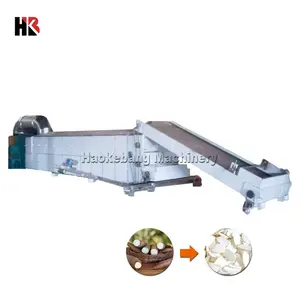





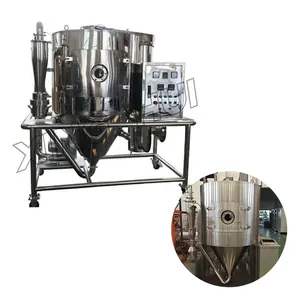

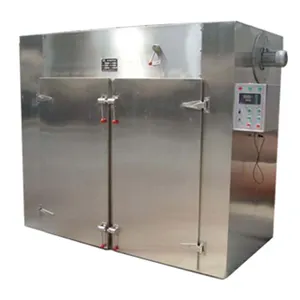
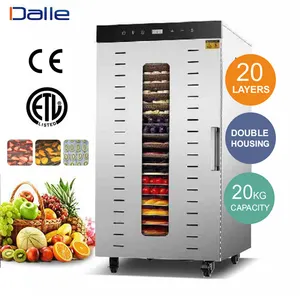
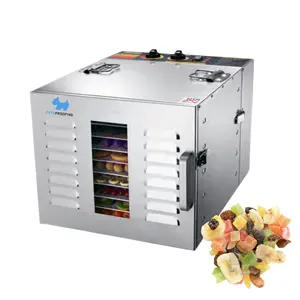
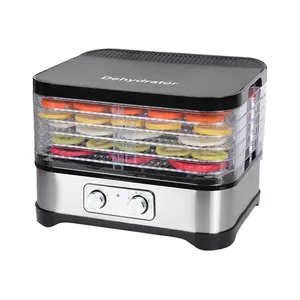


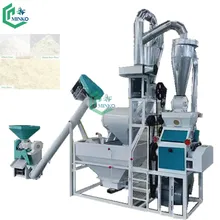


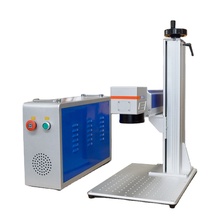
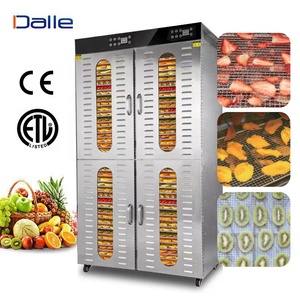


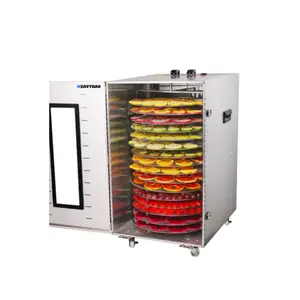

























 浙公网安备 33010002000092号
浙公网安备 33010002000092号 浙B2-20120091-4
浙B2-20120091-4